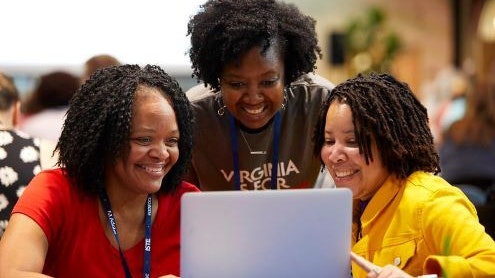Homepage
•
Learning Library
•
Blog
•
Growing ME: Bridging the equity gap through mentorship
Expand breadcrumbs
Expand breadcrumbs
- Learning Library
- Blog
- Growing ME: Bridging the equity gap through mentorship
- Homepage
- •
- Learning Library
- •
- Blog
- •
- Growing ME: Bridging the equity gap through mentorship
Growing ME: Bridging the equity gap through mentorship
By Julianne Ross-Kleinmann
January 7, 2020








